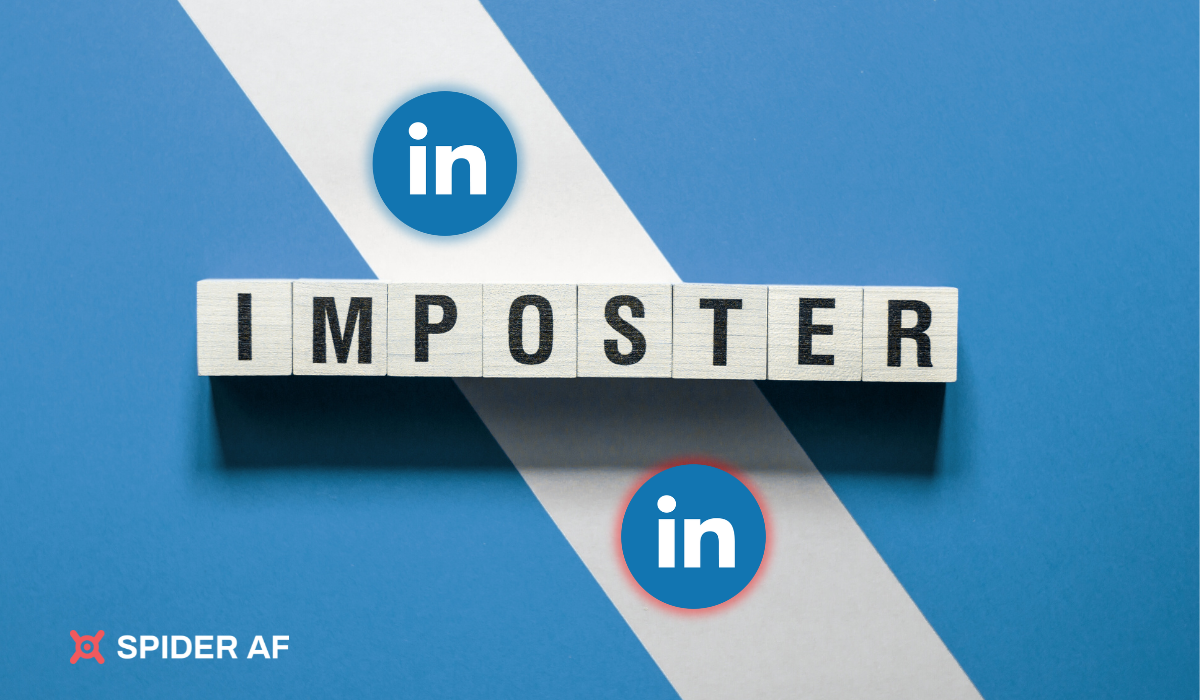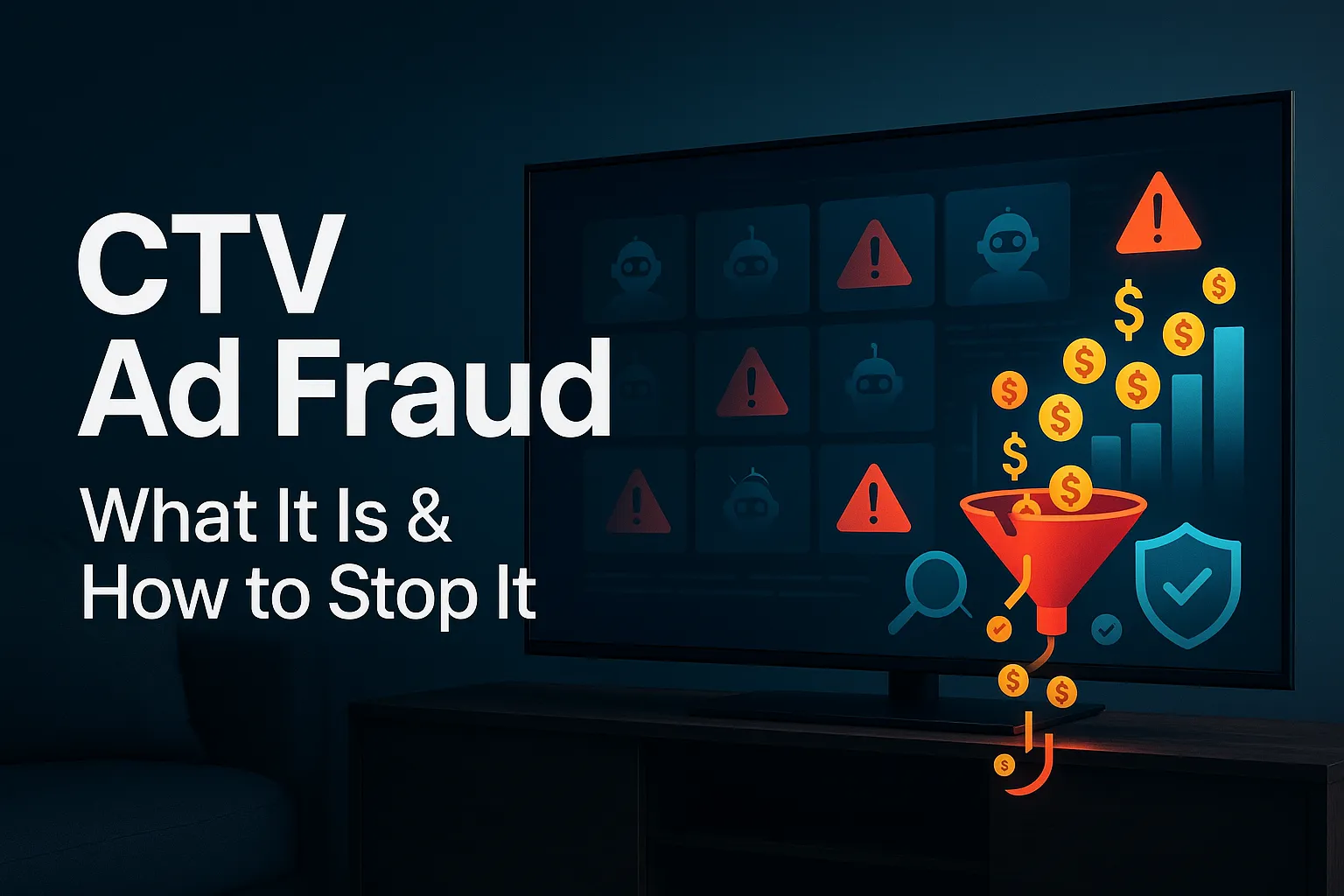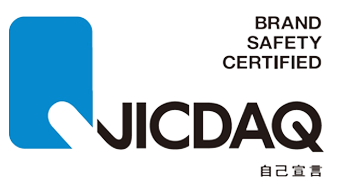Fake Leads Are Draining Your LinkedIn Ads: Here’s How to Stop Them in 2025

Introduction
LinkedIn has become one of the most powerful B2B advertising platforms, with advertisers paying premium CPCs—often between $8 and $15 per click. The upside is clear: highly targeted audiences and strong intent. But with that value comes an escalating risk—LinkedIn click fraud and fake lead generation.
According to Spider AF’s 2025 Ad Fraud White Paper, nearly 51.8% of advertisers’ budgets are vulnerable to ad fraud before implementing countermeasures, and fake leads alone can drain sales resources and ROI—with one advertiser recording 400 fraudulent leads in just two months.
This guide explains how LinkedIn click fraud works, how to detect it, refund challenges, and why tools like Spider AF Fake Lead Protection are essential to safeguard campaigns.
What Is LinkedIn Ads Click Fraud and How Does It Work?

Click fraud on LinkedIn occurs when bots, click farms, or automated tools simulate ad engagement to waste spend or generate fake leads. Because LinkedIn is heavily used for B2B lead generation, fraudsters exploit LinkedIn Lead Gen Forms to fill CRMs with invalid contacts.
Why LinkedIn is targeted:
- High CPCs ($8–15) mean even small-scale fraud causes large financial damage.
- Fraud affects campaign optimization, leading to wasted impressions and poor targeting.
- Real-world example: Spider AF observed one advertiser collecting 400 invalid leads in 60 days, severely skewing conversion tracking.
For context, the average ad fraud rate globally is 5.12%, but on premium platforms like LinkedIn, the monetary impact is magnified.
Signs of LinkedIn Click Fraud
Look for these warning signs in your campaigns:
- Unexplained spikes in traffic from outside target regions
- Conversion rates dropping while clicks rise
- Engagement from suspicious or incomplete LinkedIn profiles
- CRM filled with junk form data (fake emails, disposable phone numbers, repetitive patterns)
If left unchecked, these signals not only waste ad spend but also drain sales time chasing false leads.
Refund and Appeal Options on LinkedIn
LinkedIn provides limited recourse for advertisers seeking refunds for invalid clicks. According to LinkedIn Ads Help, refunds are not guaranteed and typically require significant evidence.
To build a stronger case, you’ll need:
- Click logs with timestamps, IP addresses, and suspicious behavior
- Session recordings showing bot-like activity
- CRM data proving fake lead submissions
Unfortunately, most advertisers lack access to detailed click-level data. As a result, refund requests are often denied. Without third-party verification, proving invalid activity is challenging.
How to Detect and Prevent LinkedIn Click Fraud
Manual Tactics
- Audit IP and geo-location data.
- Clean CRM entries regularly (watch for fake domains like
test@test.com). - Monitor abnormal click velocity (many clicks within seconds).
Automated, Scalable Protection
While Spider AF PPC Protection focuses on web-based ad platforms such as Google, Meta, Microsoft, and TikTok Ads, B2B advertisers on LinkedIn can still defend their funnel through post-conversion verification.
Spider AF Fake Lead Protection (FLP)
- Integrates with your CRM to automatically identify and block fake conversions.
- Filters bots that mimic real leads, ensuring sales teams only focus on verified prospects.
- Works seamlessly with your existing lead forms and data pipelines.
📊 Case study: After implementing FLP, one advertiser achieved a 152% ROI increase and 85% CPC reduction, with no loss of valid leads.
Best Practices for B2B Advertisers on LinkedIn
- Use post-conversion validation like Spider AF Fake Lead Protection to ensure lead quality.
- Exclude high-risk audiences or geographies prone to bot activity.
- Audit CRM data weekly to identify repetitive or fake patterns.
- Segment campaigns by audience or location to isolate anomalies faster.
- Benchmark performance against ad fraud data—according to Spider AF, global ad fraud losses reached $37.7B in 2024, highlighting why proactive protection is critical.
Example Workflow: From Fraud Detection to Resolution
- A campaign shows 3× clicks but no increase in conversions.
- CRM reveals 50+ fake entries with disposable emails and fake company names.
- Refund request to LinkedIn is denied due to “insufficient proof.”
- Advertiser implements Spider AF Fake Lead Protection (FLP) for post-conversion filtering.
- After 30 days:
- CPC ↓ 85%
- ROI ↑ 152%
- CRM data cleaned
- Internal optimization models stabilized
Conclusion
LinkedIn click fraud is a growing threat to B2B advertisers, but it doesn’t have to be an unavoidable cost. With Spider AF Fake Lead Protection blocking fraudulent conversions at the CRM level, you can protect budgets, improve ROI, and restore trust in your LinkedIn lead pipeline.
👉 Start protecting your lead data today:
Try Fake Lead Protection free and stop wasting time on fake inquiries.



















